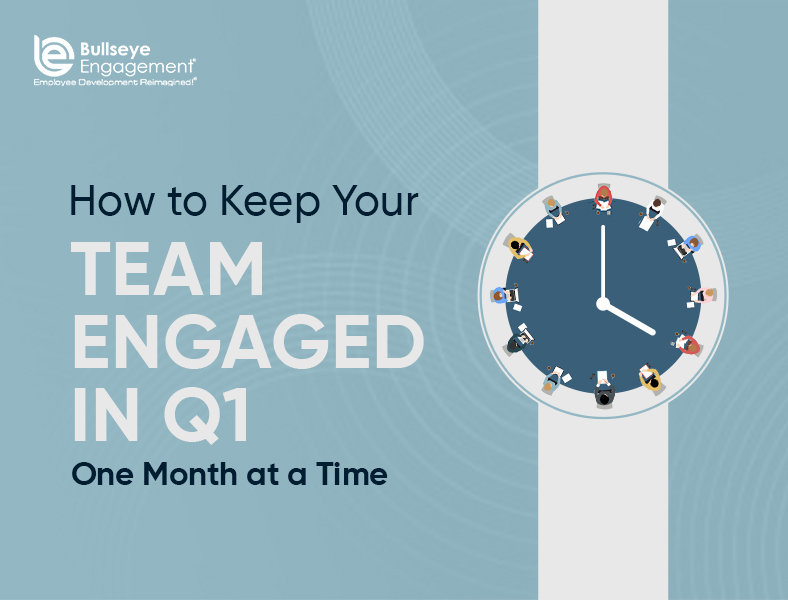This year has been a reminder of how volatile both the business landscape and the world at large truly are. The turbulence underscores the importance of preparing ourselves and our organizations to be resilient through challenging times.
Succession planning is an essential component of business planning that positions an organization to be better prepared for the future. All firms should place a high priority on succession planning to ensure business continuity when roles shift within the company.
A succession plan is necessary for a company to effectively adapt to contingencies, such as the unexpected loss of a long-time employee. Without a succession plan in place, an organization may find itself at a loss for key knowledge and skills when an employee walks out the door.
Effective succession planning also enables companies to cut the costs of recruitment by facilitating the management of in-house recruitment. Furthermore, when high potential employees are aware that they are in line for a key position, overall employee engagement, morale, and retention improves.
Raquel Furrer, VP Client Services and Success here at BullseyeEngagement explains what it takes to carry out a successful succession planning process—based on her experience in various HR leadership roles driving Global HR Transformation, Change Management Strategies, Employee Development, and much more.
Getting Started
Before mapping out the succession plan, ask leaders to place employees in a 9 box. This will reveal the key roles that require succession plans and help leaders determine the key individuals who should be slated in a succession plan. You should ensure your HiPOs, or high potential employees, have clearly defined succession plans.
Positions to Consider
Rather than focusing only on leadership, an organization should consider creating succession plans for the following types of positions:
- Positions with key ties to strategic goals or to a competitive advantage (e.g., C-Level, Operations Management, VP of Engineering, VP of Sales)
- Positions in a highly specialized industry or roles that are specific to the organization (e.g., Specialized Engineers, Financial Controller)
- Positions with long learning curves
- Positions that require experiential learning (e.g., Patent Attorney)
Conduct a High-Level Talent Review with Your Key Leaders
Gather key leaders to have an honest and open discussion about why they placed team members within particular boxes in the 9 box.
Ask leaders to present their key roles for succession and who they have identified. This makes key leaders aware of the HiPOs in the organization and gives them the chance to provide another perspective about the individuals. Sometimes someone else’s perspective can be valuable for deciding whether an individual should have actually been placed into a different box.
This Talent Review meeting also allows key leaders to learn about other individuals who could be considered for a succession plan within different divisions, departments, or functions.
Important Notes
Always have at least one consistent HR Leader in all Talent review sessions. This will ensure everyone is interpreting their 9 box and succession plan the same way and will help eliminate potential bias.
Larger organizations may find that succession planning crosses departments, geographic boundaries, or business units. Collecting and organizing records associated with succession planning can be challenging, and it may be necessary to acquire software to compile and analyze data.
Learn about Bullseye’s Succession Planning Solutions
Follow Up with HiPOs
After all Talent Review meetings have been conducted, communicate with your HiPOs to let them know where they fall within the 9 box and the role(s) they are in line for. This increases transparency within the organization and can help increase retention and each employee’s engagement with their individual leadership development plan.
About Raquel
Raquel Furrer has over 15 years of experience in Global HR transformation, Change Management Strategy and execution of HR Shared Services, Talent Management, Talent Acquisition, Mergers & Acquisitions, Employee Relations Organizational Development and Change Management. She spearheaded various succession management processes through talent reviews, talent management, organizational development and effectiveness, performance management leadership development, and gap analysis.

















